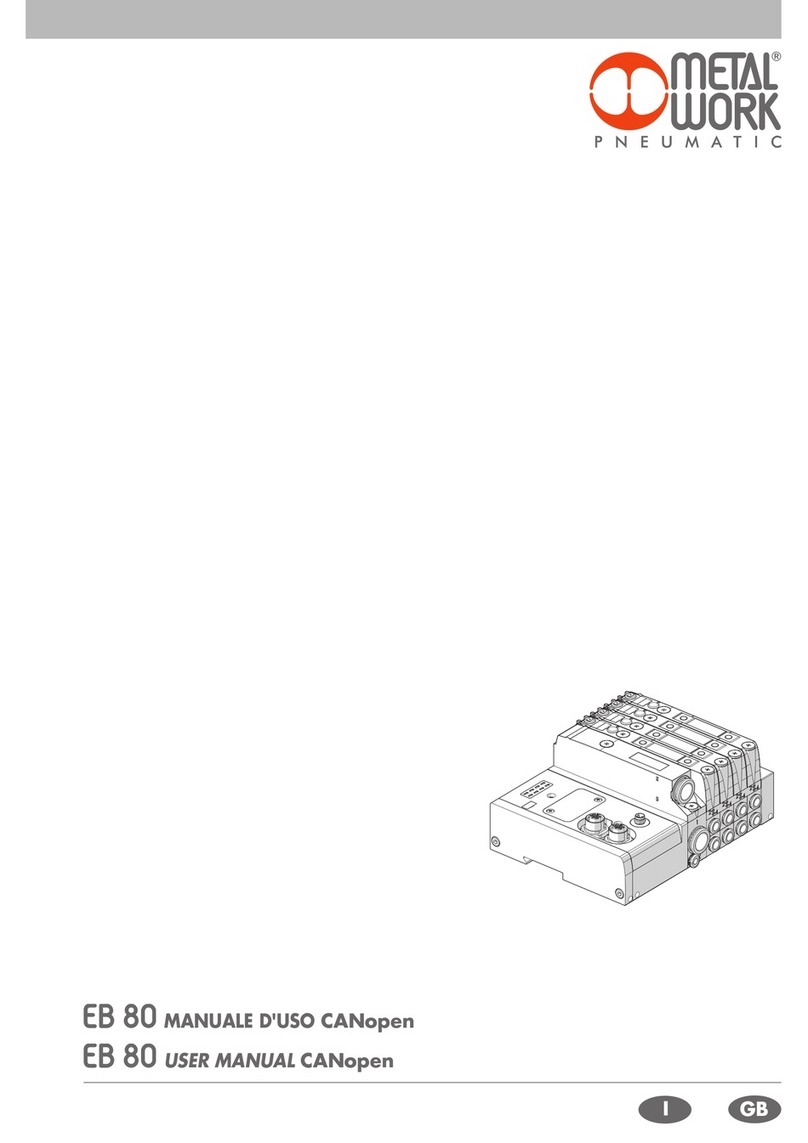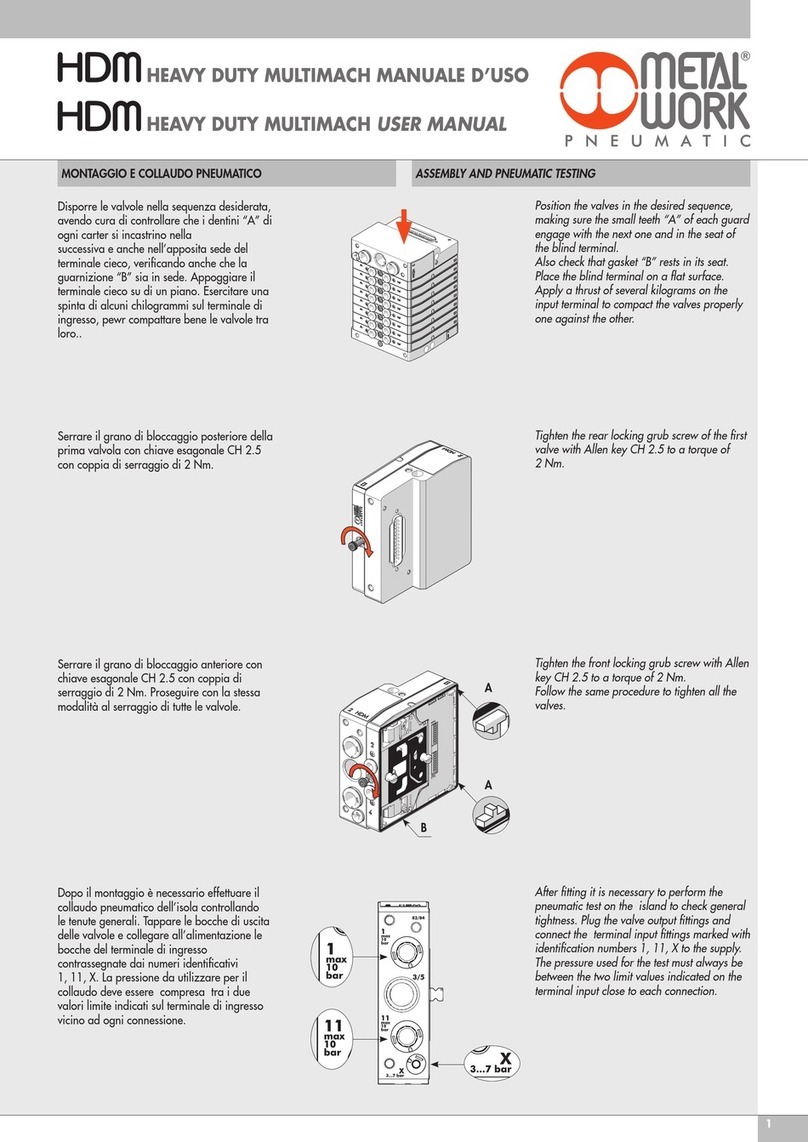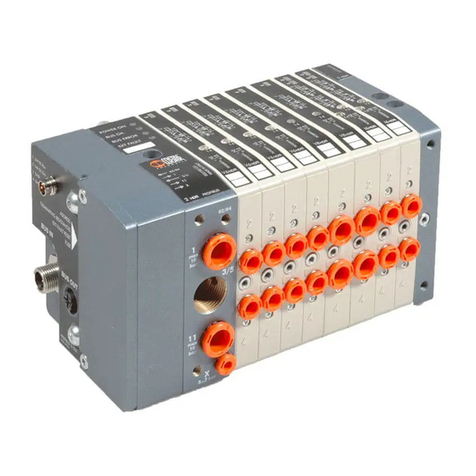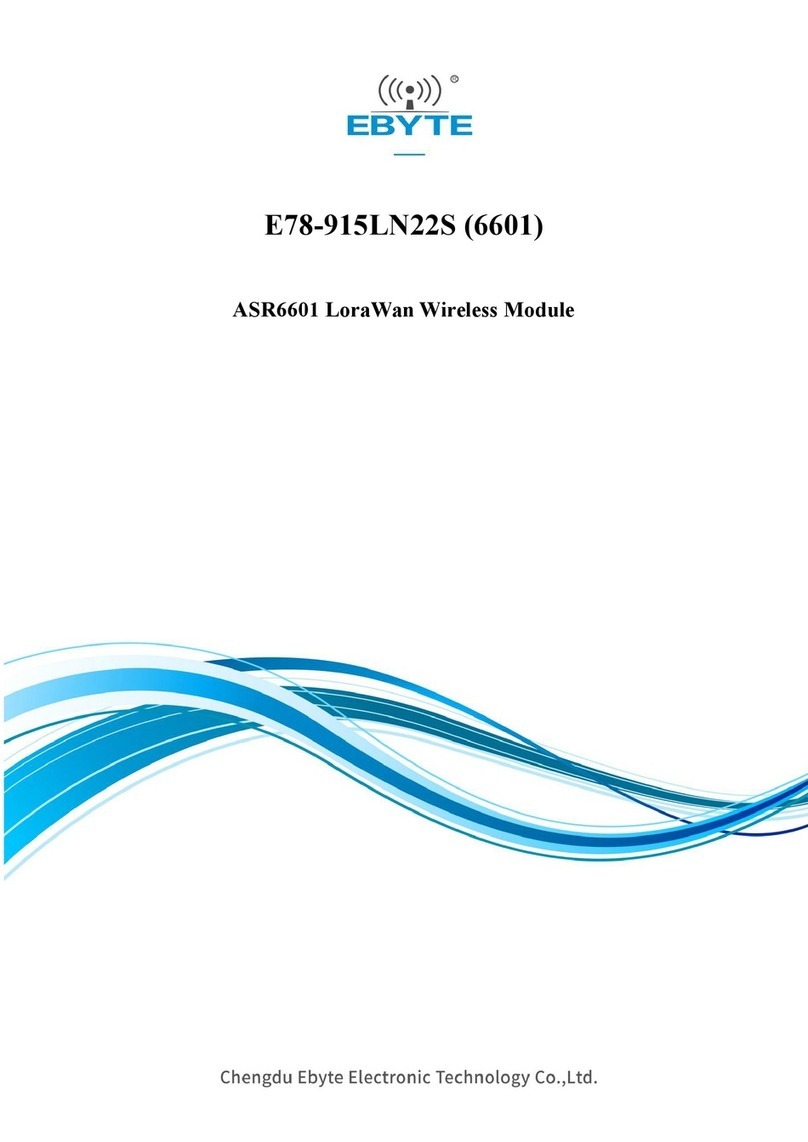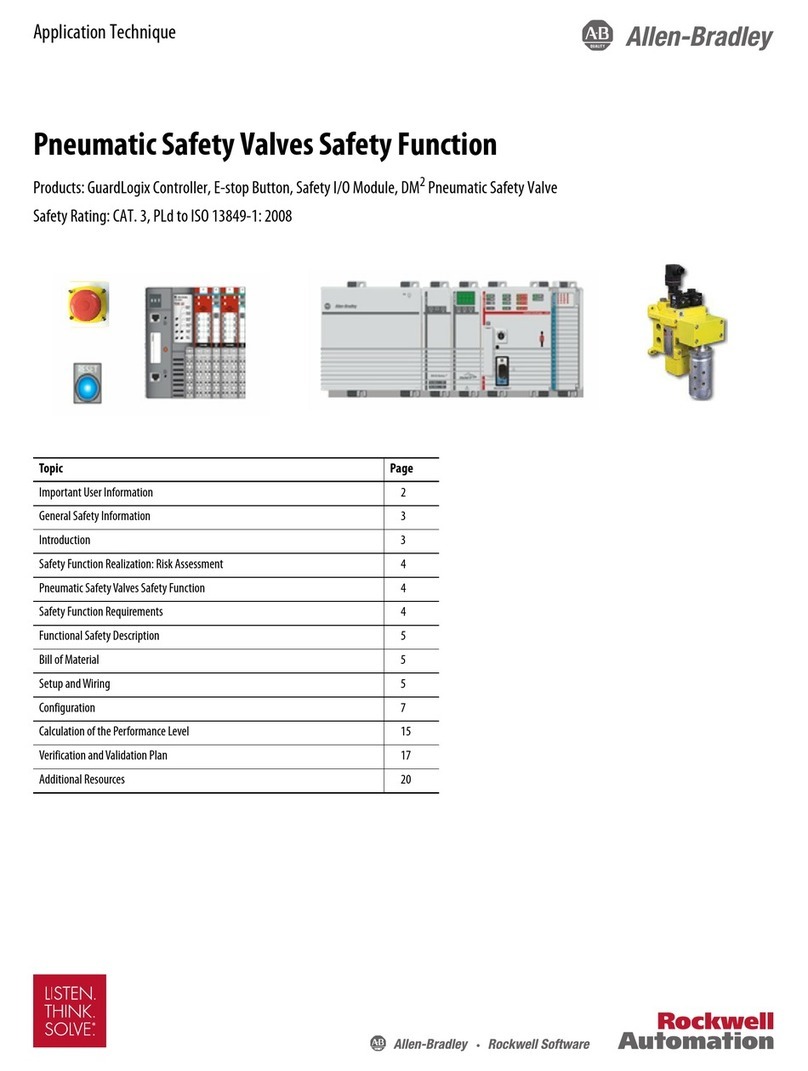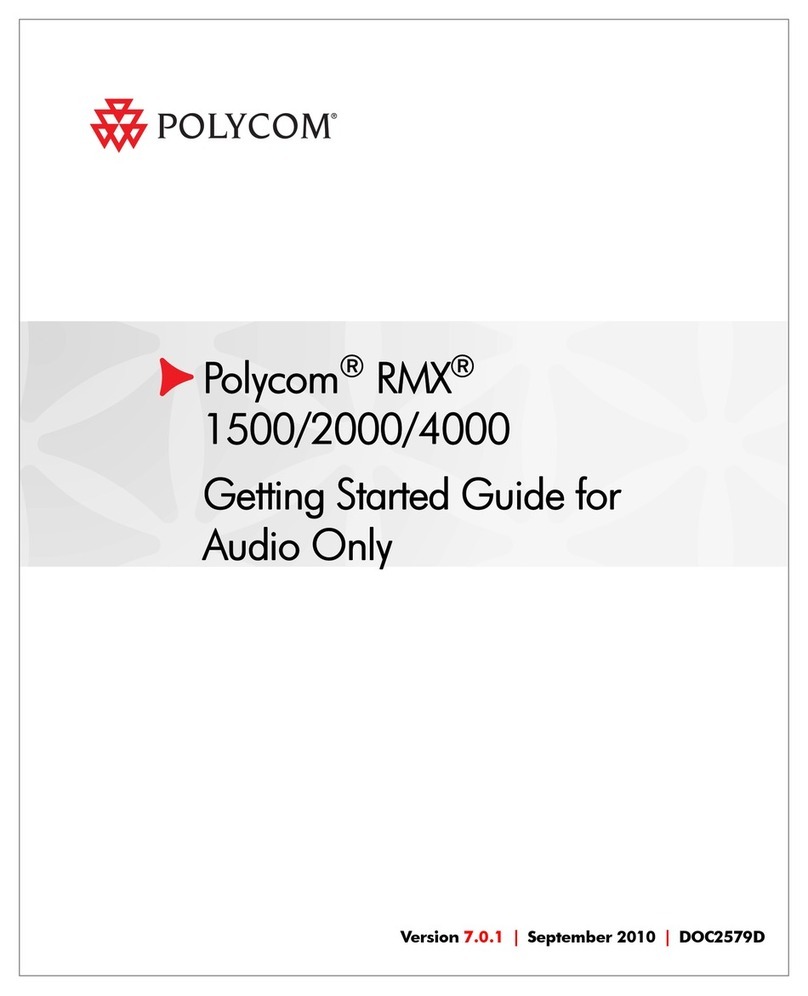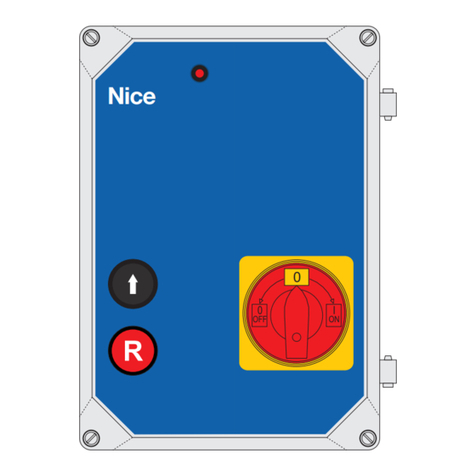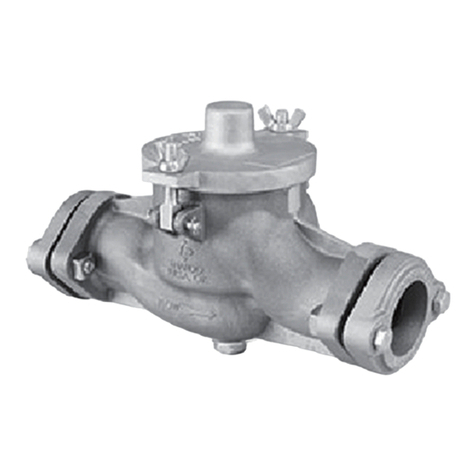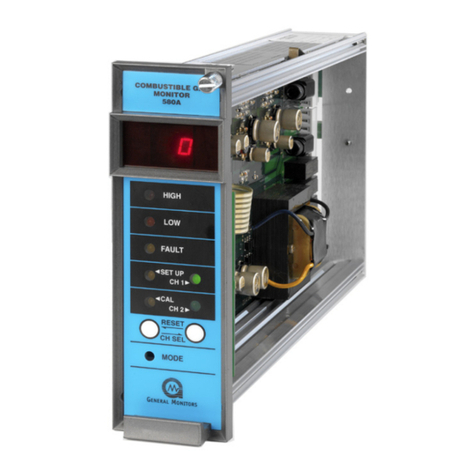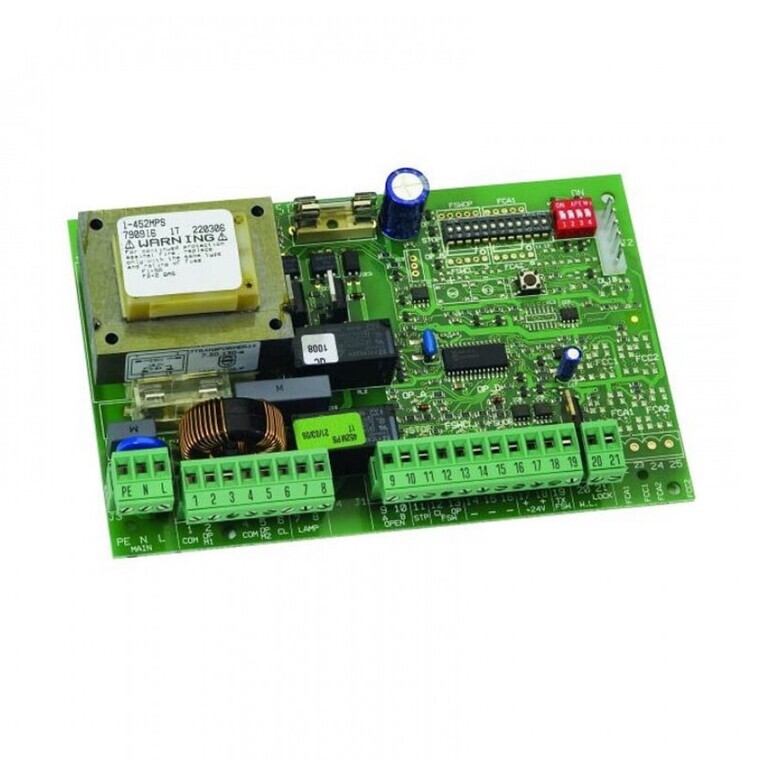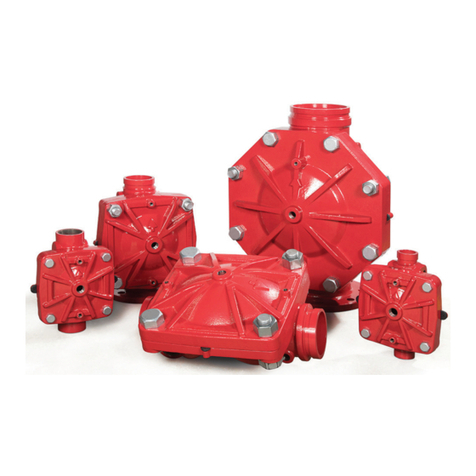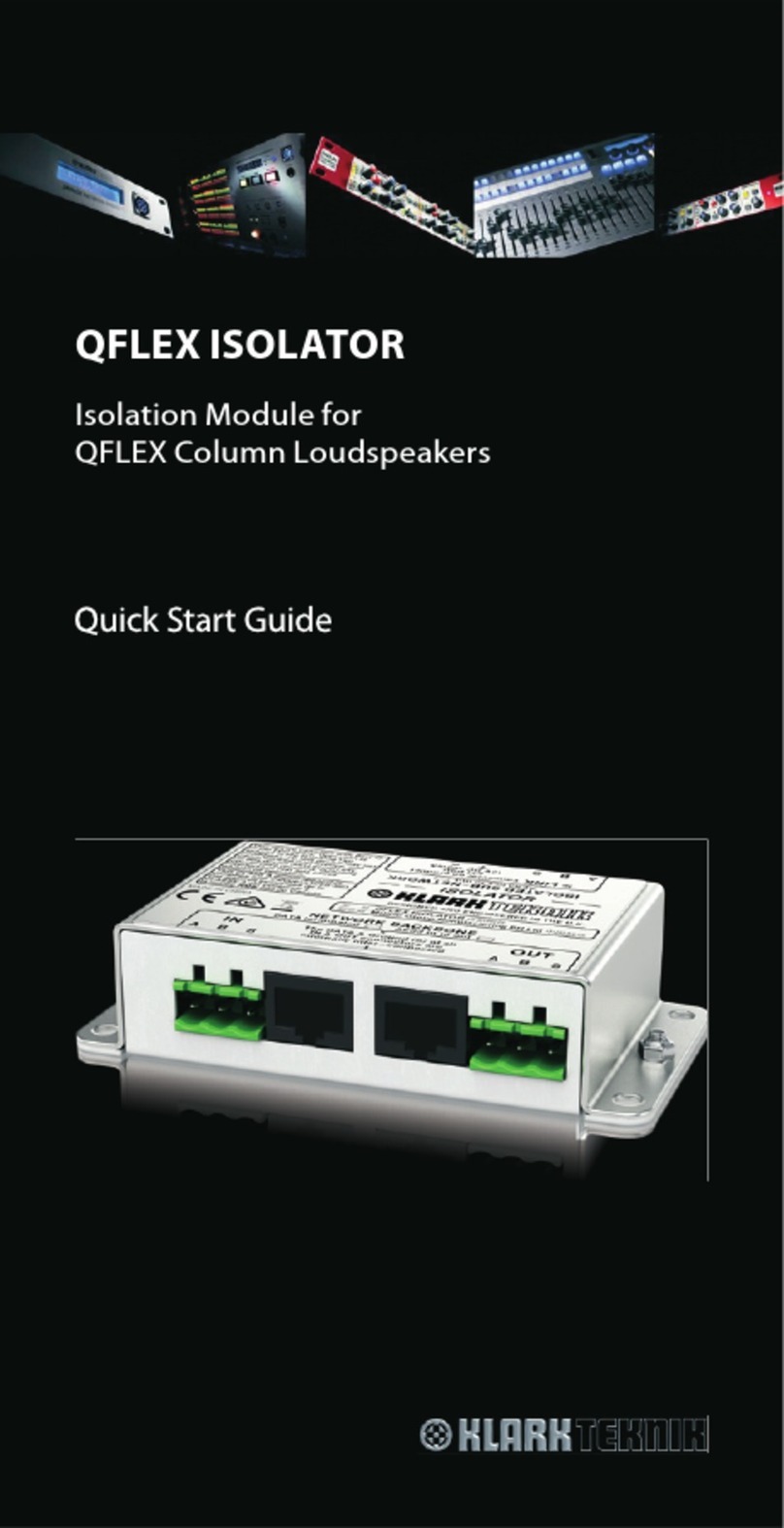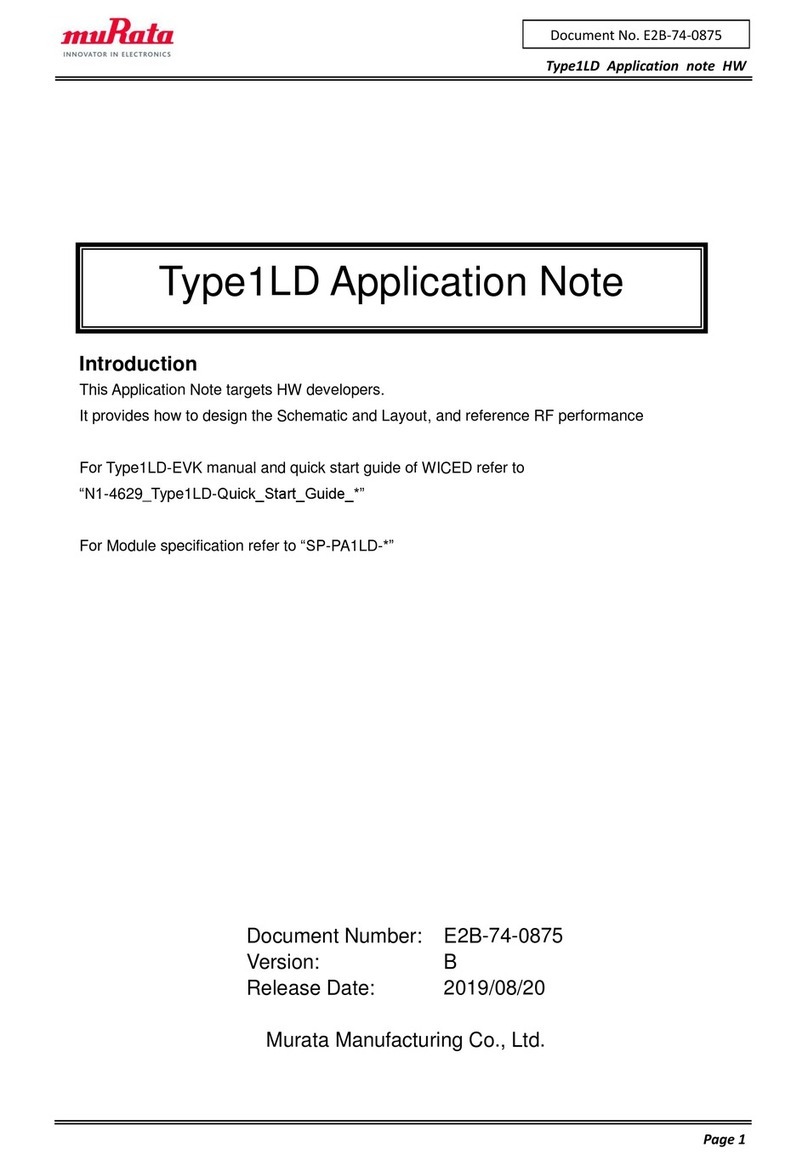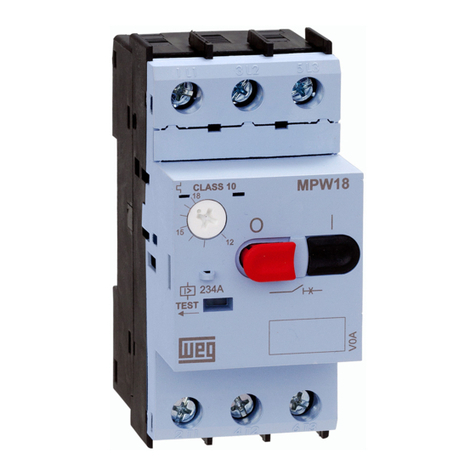
2
1.1 COLLEGAMENTO DELLA CONNESSIONE ELETTRICA MULTIPOLARE
L’isola EB 80 è dotata di un’elettronica di controllo, quindi è necessaria una alimentazione elettrica fissa.
L’alimentazione ed il comando delle elettrovalvole dell’isola, si effettuano attraverso un connettore D-Sub 25 o 44 poli. Il connettore 25 poli consente
di comandare fino a 21valvole (elettropiloti), il connettore 44 poli consente di comandare fino a 38 valvole (elettropiloti). Il tipo di comando può
essere configurato PNP o NPN, collegando il pin CONFIG PNP/NPN, rispettivamente al polo positivo se i comandi sono di tipo PNP, o al polo
negativo se i comandi sono di tipo NPN. Un eventuale guasto viene segnalato dall’attivazione di un uscita dedicata, dello stesso tipo, PNP o NPN,
configurato per i comandi, che può essere collegata ad un ingresso del sistema di controllo per un’adeguata gestione dell’evento.
1. INSTALLAZIONE E COLLEGAMENTI ELETTRICI
Posizione contatto Colore conduttore Funzione
elettrico corrispondente
1Bianco Out 1
2Marrone Out 2
3Verde Out 3
4Giallo Out 4
5Grigio Out 5
6Rosa Out 6
7Blu Out 7
8Rosso Out 8
9Nero Out 9
10 Viola Out 10
11 Grigio + anello Rosa Out 11
12 Rosso + anello Blu Out 12
13 Bianco + anello Verde Out 13
14 Marrone + anello Verde Out 14
15 Bianco + anello Giallo Out 15
16 Giallo + anello Marrone Out 16
17 Bianco + anello Grigio Out 17
18 Grigio + anello Marrone Out 18
19 Bianco + anello Rosa Out 19
20 Rosa + anello Marrone Out 20
21 Bianco + anello Blu Out 21
22 Marrone + anello Blu Segnalazione guasto
23 Bianco + anello Rosso Config. PNP/NPN
24 Marrone + anello Rosso + 24VDC
25 Bianco + anello Nero 0VDC
Posizione contatto Colore conduttore Funzione
elettrico corrispondente
1Bianco Out 1
2Marrone Out 2
3Verde Out 3
4Giallo Out 4
5Grigio Out 5
6Rosa Out 6
7Blu Out 7
8Rosso Out 8
9Nero Out 9
10 Viola Out 10
11 Grigio + anello Rosa Out 11
12 Rosso + anello Blu Out 12
13 Bianco + anello Verde Out 13
14 Marrone + anello Verde Out 14
15 Bianco + anello Giallo Out 15
16 Giallo + anello Marrone Out 16
17 Bianco + anello Grigio Out 17
18 Grigio + anello Marrone Out 18
19 Bianco + anello Rosa Out 19
20 Rosa + anello Marrone Out 20
21 Bianco + anello Blu Out 21
22 Marrone + anello Blu Out 22
23 Bianco + anello Rosso Out 23
24 Marrone + anello Rosso Out 24
25 Bianco + anello Nero Out 25
26 Marrone + anello Nero Out 26
27 Grigio + anello Verde Out 27
28 Giallo + anello Grigio Out 28
29 Rosa + anello Verde Out 29
30 Giallo + anello Rosa Out 30
31 Verde + anello Blu Out 31
32 Giallo + anello Blu Out 32
33 Verde + anello Rosso Out 33
34 Giallo + anello Rosso Out 34
35 Verde + anello Nero Out 35
36 Giallo + anello Nero OUT 36
37 Grigio + anello Blu OUT 37
38 Rosa + anello Blu OUT 38
39 Grigio + anello Rosso Segnalazione guasto
40 Rosa + anello Rosso Config. PNP/NPN
41 Grigio + anello Nero + 24VDC
42 Rosa + anello Nero + 24VDC
43 Blu + anello Nero 0VDC
44 Rosso + anello Nero 0VDC
CONNETTORE VASCHETTA 25 POLI PRECABLATO CONNETTORE VASCHETTA 44 POLI PRECABLATO
ATTENZIONE
Disattivare la tensione prima di inserire o disinserire il connettore (pericolo di danni funzionali)
Utilizzare solamente unità di valvole completamente assemblate.
Per l’alimentazione utilizzare esclusivamente alimentatori a norma IEC 742/EN60742/VDE0551 con resistenza minima di isolamento di 4kV (PELV).
L’isola deve essere collegata a terra utilizzando la connessione del terminale di chiusura, indicata con il simbolo PE
In caso di scariche elettrostatiche, la mancanza di collegamento a terra può causare malfunzionamenti e danni irreversibili.












